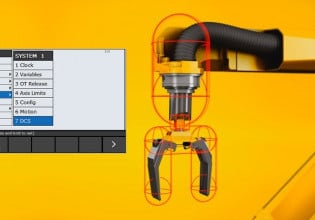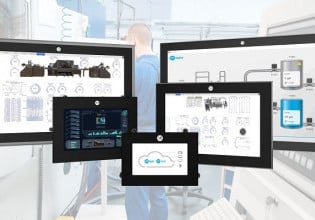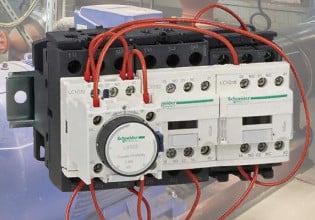Demag Develops Industrial Cranes to Meet the Needs of Automotive and Aerospace Manufacturing
How can industrial cranes play a key role in modern assembly lines?
Intelligent Crane Control System manufacturer, Demag, is partnering with Airbus to streamline the manufacturing process for its latest aircraft.
In recent years, industrial cranes have become a popular part of the assembly process in automotive and aerospace manufacturing. The purpose of a crane is to lift or transport heavy objects or machinery into place. In sectors involving heavy components that need to get from one place to another on the assembly line, these cranes can save a lot of time and energy.
Who is Demag?
Demag is a company that manufactures industrial cranes, crane components, and drives. The company has been in continuous operation since its start in Germany in 1819.
They aim to provide high-quality solutions to boost their customers’ productivity and safety in industrial environments or anywhere requiring cranes.
Over the years, Demag has provided cranes in industries such as aviation, bulk materials, mechanical engineering, metal production, automotive, to name a few. Their latest crane is designed for production on the Airbus A321XLR. This is the largest crane system ever built by Demag.
Airbus A321XLR
The Airbus A321XLR is a narrow-body aircraft designed with long-range as a primary selling point. Airbus has taken a different approach with this design after the pandemic changed flight patterns significantly.

An inside look at the manufacturing of the Airbus A321XLR. Image used courtesy of Airbus
Demag will be installing the crane system for the construction of the Airbus A321XLR. The new system spans 106 meters and has a travel length of 82 meters. The crane consists of a double girder configuration that travels across six runways. The runways are positioned 10 or 24 meters apart, helping to support the large span.
Assembly Process
They will use a trolley system to support and move the different pieces of fuselage into place during the assembly process. Adjustable hoist units are used to accommodate different sized pieces of fuselage, eliminating the possibility of collapsing the unit during transportation. There are a total of four hoist units making the crane capable of many different lift configurations.
The total capacity of the crane is 25T, split between the four units, which each have a lifting capacity of 6.5T.

A crane system from Demag helping to assemble parts in an aerospace manufacturing facility. Image used courtesy of Demag
Depending on the necessary use of the crane, each hoist unit can be moved individually or in synchronous motion. A mode has to be entered based on the type of movement desired. The crane is operated via radio control.
The long and cross-travel drives and the slewing drive, and the lifting and lowering motions feature variable speeds. The four units are monitored electronically to ensure smooth, even lifting of the units eliminating the tendency for twisting and bending caused by uneven lifting.
The crane contains a semi-automated target positioning system that helps to ensure the safe and reliable movement of components. Adding automation to the crane system is a new approach to ensuring safe, reliable operation on large overhead crane systems.
When asked about these industrial cranes, Dr. Thomas Bönker, Senior Vice President Process Cranes mentioned, “Just like the aircraft, the cranes have become ever bigger and offer more performance with an increasingly higher level of automation. With the crane for its new production bay, Airbus has opted for reliable technology in a new dimension.” Demag has already started the design process for the crane and will begin assembly in April of 2022.
Do you use industrial cranes on your assembly line?






